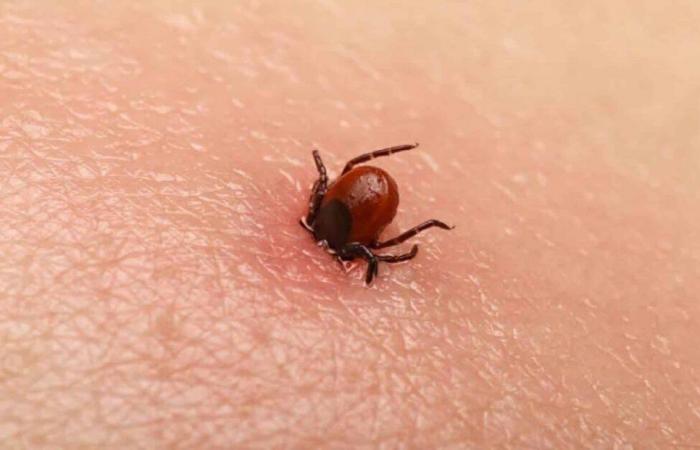While authorities fear the transmission of dengue fever through tiger mosquitoes, another infectious disease may threaten French territory. Although asymptomatic in the majority of cases, it can cause severe complications.
This is Crimean-Congo hemorrhagic fever which is already present on French soil. It was in October 2023 that Public Health France (SPF) launched the alert against this pathology which is transmitted by ticks. These insects catch the virus by biting large mammals and can, in turn, transmit it to humans. It is also possible to catch the disease by being in direct contact with the mammal carrying the virus. The peak of contamination is observed between April and July, because it is during this period that ticks are most active.
Concerning the evolution of Crimean-Congo hemorrhagic fever, it occurs in three phases. During the first phase, which lasts between 1 and 7 days, we generally observe symptoms similar to those of the flu, namely muscle pain, headache and fever.
Between the 7th and 10th day, hemorrhagic symptoms appear. Finally comes the convalescence phase, which lasts from the 10th to the 20th day of incubation, during which affected individuals may experience intense fatigue, memory and attention problems and hair loss. In the most severe cases, it is possible to contract psychiatric disorders.
Symptoms of contamination with Crimean-Congo hemorrhagic fever
“Around 80% of infected people will have only a paucisymptomatic infection, limited to a picture of flu-like symptoms, or even asymptomatic (without any symptoms). The remaining 20% of infected patients, however, have symptomatic forms that can be severe and require hospitalization,” explains Simon Bessis, infectious disease specialist and researcher at the International Center for Infectious Disease Research (CIRI) – ENS de Lyon, Pasteur Institute.
Among the symptoms observed in individuals with a severe form, hemorrhagic lesions on the mucous membranes and skin, bleeding from the nose and gums, or the appearance of purplish spots (petechiae) on the skin. You may also notice the presence of blood in your urine or vomit. Finally, the specialist recommends adopting certain actions to protect against possible contamination, especially since, for the moment, no vaccine or specific treatment has been developed against this disease.
Citizens are urged to avoid areas infested with ticks. It is advisable to always wear closed shoes, as well as socks and pants when venturing into a risky region. Also, the infectious disease specialist recommends the use of repellents, in order to scare away these insects and avoid their bites. In the event of a bite, the tick must be removed as quickly as possible using disinfected tweezers, before proceeding to deindex the area. The person bitten should monitor the appearance of symptoms during the month following the bite.






